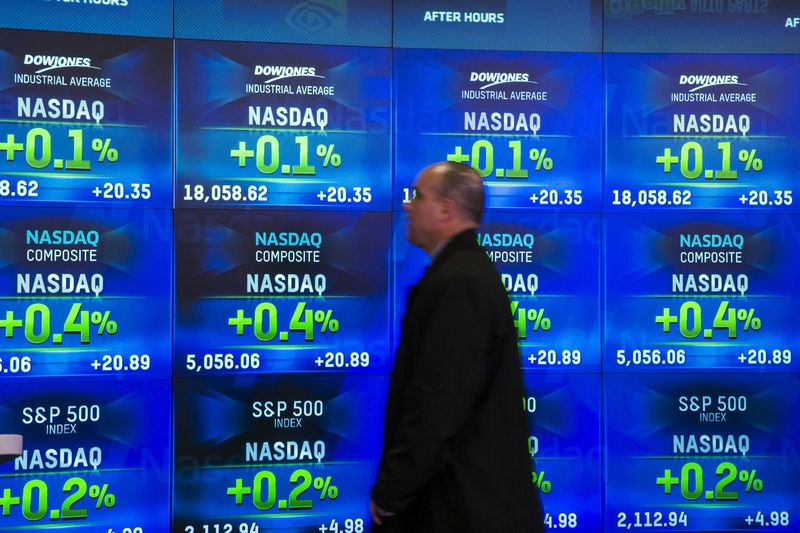Investors may get some indications about the size of the next Federal Reserve rate cut this week as the latest US jobs report is released and Fed Chair Jerome Powell speaks. Meanwhile, the final quarter of what has been a turbulent year so far in markets gets underway. Here's your look at what's happening in markets for the week ahead.
US jobs report The Fed kicked off its rate-cutting cycle with a super-sized 50 basis point cut earlier this month, but the labor market continues to be a focal point for investors gauging how rapidly the central bank will need to cut rates in coming months.
The Labor Department is to release the October nonfarm payrolls report on Friday, with economists expecting the US economy to have added 144,000 jobs.
Investors are keen to see whether the jobs data will support expectations for a soft-landing scenario, in which the Fed tames inflation without badly impacting growth.
Weaker than expected data could revive fears over the prospect of a recession, while unexpectedly strong jobs growth may stir worries that the Fed will not cut rates as deeply as expected as it seeks to avoid an inflation flare-up.
Powell remarks Fed Chair Jerome Powell is set to speak on the economic outlook before the National Association for Business Economics on Monday.
In a note dated Friday, analysts at Deutsche Bank said they expect Powell's comments to largely echo his post-meeting press conference remarks, where he justified the outsized rate cut by the confidence gained on inflation and the clear shift in downside risks, particularly to the labor market.
Investors will also get the chance to hear from several other Fed officials over the course of the week, including regional Fed presidents Bowman, Bostic, Barkin and Williams.
Ahead of Friday’s jobs report Tuesday's JOLTS report for August and Wednesday's ADP data on private sector hiring will give a broad outlook on the state of the labor market.
Q4 kicks off The fourth quarter gets underway on Tuesday after a turbulent few months in markets.
August was a volatile month with the unwinding of the yen carry trade coming at almost exactly the same time that the Mag 7 tech bulls broke down and recession fears flared after a weaker than expected US jobs report.
Stocks have since rallied to fresh record highs, but the yen is about to clinch its best quarterly performance since the 2008 global financial meltdown, benchmark global borrowing costs and oil are both down almost 15% and China is opening the stimulus spigots.
The final quarter will be dominated by November's US election between Donald Trump and Kamala Harris so more volatility is likely in store.
Eurozone inflation The eurozone is to release flash September inflation data on Tuesday, which will be closely watched as European Central Bank officials mull whether to cut rates again in October.
Economists are expecting the annual rate of inflation to come in at 1.9%, dropping below the ECB’s 2% target for the first time since June 2021 thanks to lower energy prices, though it's expected to rise again in the final months of the year.
Investors are now pricing in a slightly more than 50% chance of a 25 basis-point October rate cut they thought was unlikely just last week as euro zone business activity unexpectedly contracted in September, stoking fears the ECB is behind the curve.
Oil prices Oil prices settled higher on Friday but fell on the week as investors weighed expectations for higher global supply against fresh stimulus from top crude importer China.
On a weekly basis, Brent settled down around 3%, while crude futures fell by around 5%.
China's central bank on Friday announced fresh stimulus measures aimed at bringing economic growth back toward this year's target of roughly 5%.
But concerns about oversupply weighed following reports that the Organization of the Petroleum Exporting Countries and its allies, together known as OPEC+, will go ahead with plans to increase production by 180,000 bpd each month starting from December.
Heightened tensions in the Middle East, raising the risk of supply disruption, continued to underpin the oil market.
Energy traders will be looking closely at labor market data in the coming days as interest rate cuts typically boost economic activity and energy demand.













